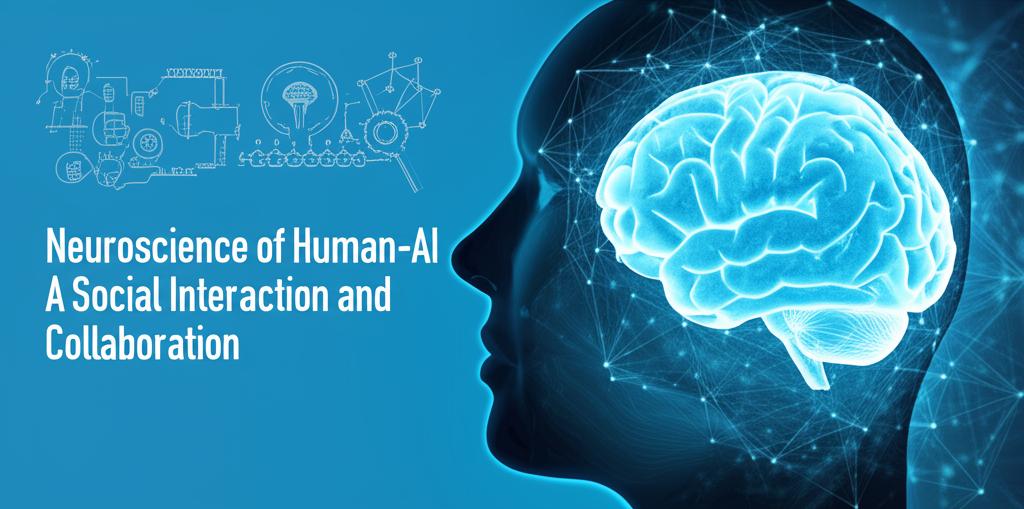Our brains are surprisingly social when it comes to interacting with Artificial Intelligence. Neuroscientific research shows that when we engage with AI, our brains activate areas typically involved in human-to-human social interaction, like the medial prefrontal cortex (mPFC) and the anterior cingulate cortex (ACC). This suggests we perceive AI entities, at least on some level, as social beings and apply similar cognitive processes to these interactions as we do with other people.
This tendency is amplified by anthropomorphism – our inclination to attribute human-like qualities to non-human agents. We might infer an AI's "thoughts" or "feelings," a process linked to our Theory of Mind capabilities. This can lead to emotional attachments, with users reporting feelings of comfort, companionship, and even empathy towards AI, particularly in situations of emotional distress or loneliness. Brain regions like the amygdala and insula, crucial for emotional processing, are involved in these responses.
The implications of this are significant for how we design and utilize AI. Understanding the neural basis of human-AI interaction can help create AI systems that are more empathetic, supportive, and effective in collaboration. For instance, AI designed to foster trust and rapport can enhance user engagement and improve outcomes in fields like healthcare, education, and customer service. In healthcare, empathetic AI could improve patient trust and adherence to treatment plans. In education, AI tutors capable of building rapport might enhance student learning experiences.
Collaboration between humans and AI is another key area of interest. Research indicates that for effective human-AI teamwork, AI systems need to develop higher cognitive and social interaction abilities, including complex reasoning, empathy, and adaptive collaboration. The goal is to create AI that can act as an autonomous partner in research and other complex tasks, contributing to insights and solutions. This involves not only advancing AI capabilities but also deepening our understanding of human cognitive and social mechanisms.
However, the increasing realism and human-like characteristics of AI also present challenges. The uncertainty of whether one is interacting with a human or an AI can impact trust in communication. If it's unclear, it can lead to suspicion and potentially hinder the development of genuine connection, which is crucial in areas like therapy. This raises ethical questions about AI development and the importance of transparency. Some researchers suggest designing AI with clear, albeit well-functioning, synthetic voices to maintain this transparency.
The study of human-AI interaction extends to understanding how social bonds are formed. Researchers are exploring bio-behavioural markers like physiological stress reduction (social buffering), spatial proximity between individuals and AI, and behavioral synchrony to measure the development of these bonds. This moves beyond subjective reports to more objective physiological and neurobiological correlates.
Looking ahead, the synergy between neuroscience and AI development is crucial. Insights from brain science can inspire new AI architectures and algorithms, particularly in areas like machine learning and neural networks. Conversely, AI and machine learning offer powerful tools to analyze complex neural data, helping neuroscientists uncover patterns in brain activity and better understand cognitive processes. This interdisciplinary approach will be vital in shaping the future of human-AI interaction, aiming for AI systems that enhance human well-being, foster meaningful connections, and promote productive collaborations. The continuous exploration of these dynamics is essential for developing AI that is not only technologically advanced but also human-centric and ethically responsible.

